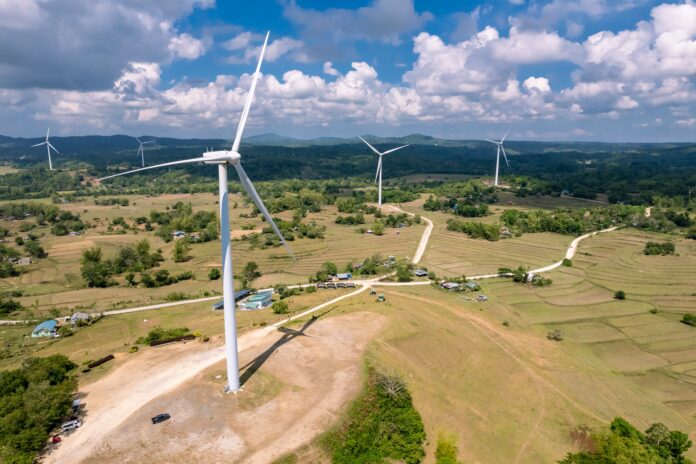The Philippines is seen growing its economy at a rate faster than six percent in terms of the gross domestic product (GDP) between this year and 2026, the financial information and analytics firm S&P Global recently reported.
According to S&P Global, the southeast Asian nation of over a hundred million people forms part of a group of emerging market economies whose growth prospect over the next three years, while remaining challenging, should prove better than its peers.
In its assessment, the country’s ongoing shift to renewable energy sources instead of coal and oil were to help it navigate the difficult terrain ahead marked by an extended period of high real interest rate levels, persistent weakness in the eurozone, soft China demand and two major wars in Russia and Israel. S&P analysts project emerging market growth below trend this year as a result.
The energy transition will allow the Philippines to mitigate the impact of the global headwinds as do Indonesia and Chile which have also adopted the transition, S&P Global said.
For context, the country’s coal-fired power plants generate a combined 12,428 megawatts or 43.9 percent of the installed capacity of 28,258 MW.
Southeast Asia is also accounts for the fourth largest installed coal-fired plant capacity in the world and owns the youngest of the kind with average age lower than 15, making the transition to renewable energy source a major challenge, experts at the Rockefeller Foundation, for instance, have said.
Nevertheless, the analysts at S&P Global said the transition to renewable energy sources present the Philippines the opportunity to persist along a growth path seen third highest in the region over the next three years after India and Vietnam.
The economic managers earlier mapped a growth path ranging from 6 percent to as high as 7 percent for the Philippines this year and in 2023, whose full-year outcome has not yet been released.
Nine-month GDP averaged only 5.5 percent, well below the target range but still the 10th such quarterly expansion in a series based on data from the Bangko Sentral ng Pilipinas.
S&P Global analysts also said the risk for a deterioration in the credit stature of emerging market economies like the Philippines is greatest around midyear amid tighter financing conditions and softer economic performance.
“We expect additional credit deterioration in 2024, largely at the lower end of the ratings scale, where close to 40 percent of credits are at risk of downgrades. Sectors exposed to a decline in consumer spending are most vulnerable,” its analysts said.
S&P has rated the sovereign a triple B plus (BBB+) economy with a stable outlook. Moody’s Investors Service rates the country’s IOUs a Baa2 also with a stable outlook while Fitch Ratings last reported the country as a BBB economy with a stable outlook.
Investment-grade countries like the Philippines, especially those that draw significant amounts of remittances, are seen to show resilience over the next three years, the analysts said.







